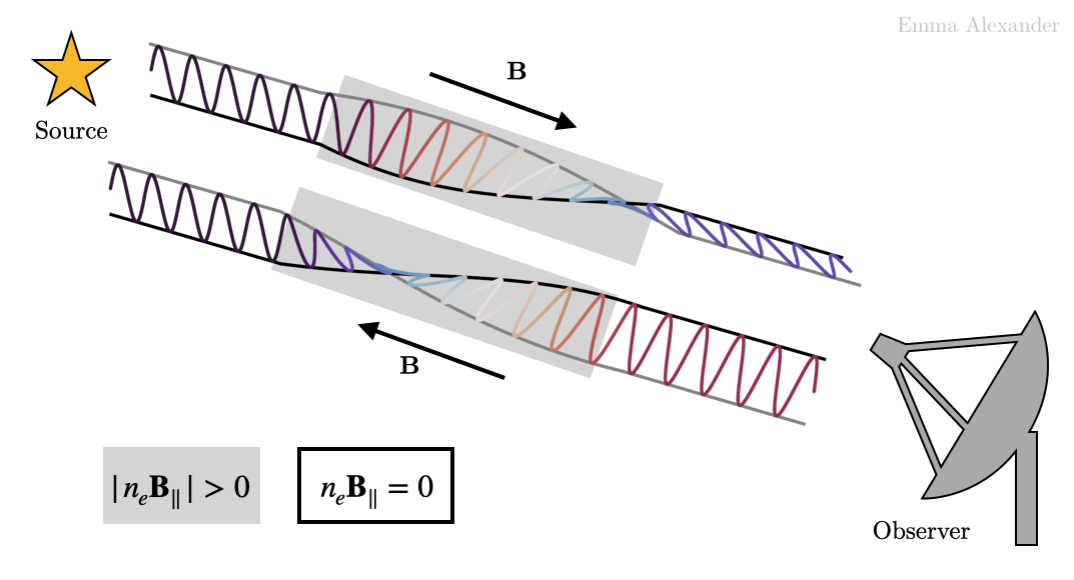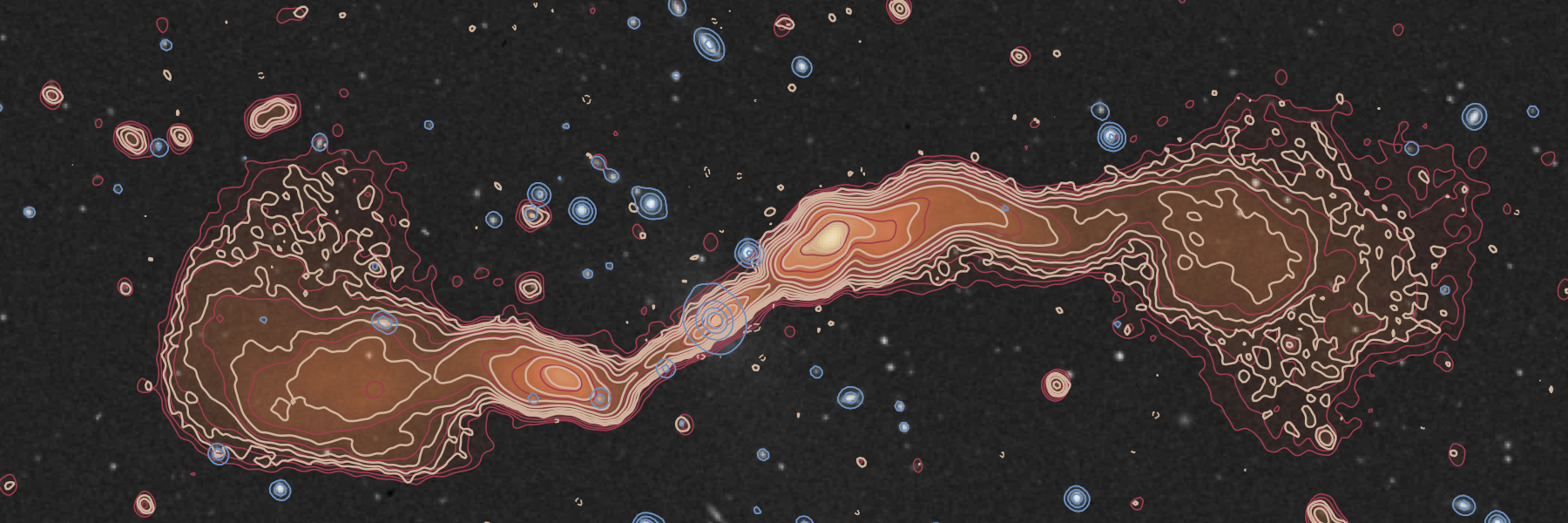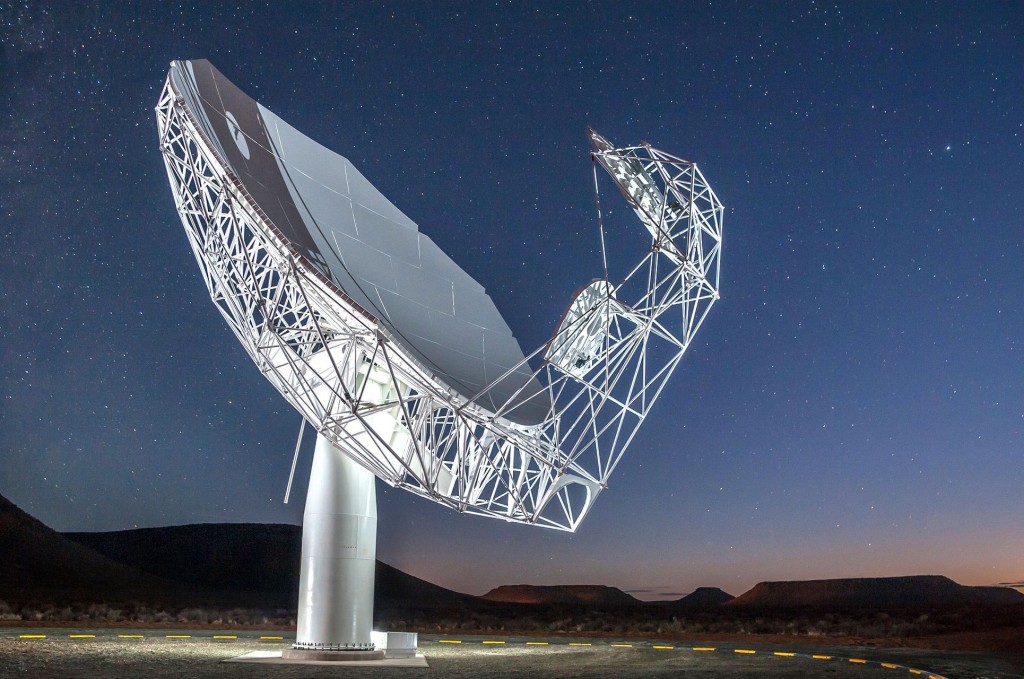Overview
I am currently a Research Fellow at the University of Leeds working on Galactic radio filaments with Prof. Mark Thompson. Filamentary structures are seen in many astronomical structures, but particularly curious are the non-thermal filaments (NTFs) seen by radio telescopes. They have been observed near our Galactic Centre for over 40 years (see for example the stunning MeerKAT radio telescope image here), and have recently been observed elswhere in the Galactic Plane by the SARAO MeerKAT 1.3 GHz Galactic Plane Survey. My research is following up with these observations.
I was previously a Research Assistant working with Dr Paddy Leahy and Prof. Anna Scaife following on from my PhD, which was titled "Magnetic fields around Radio Galaxies". Primarily, I worked on POSSUM, the Polarisation Sky Survey of the Universe's Magnetism. POSSUM is one of the Science Surveys currently being carried out by ASKAP, the Australian Square Kilometre Array Pathfinder telescope. Another ASKAP project I have contributed to is EMU, the Evolutionary Map of the Universe. I am a co-builder of Radio Galazy Zoo: EMU. I have also recently focused on applications of Machine Learning in astronomy.

Above: diagram of Faraday rotation. More infomation, and other diagrams like this, can be found on my resources page.
Magnetic fields
POSSUM makes use of a physical phenomenon called Faraday Rotation. Radio waves can be polarised; this means that the waves only oscillate (or "wiggle") in a particular direction. If a polarised radio wave passes through a magneteoionised medium (i.e. a part of space with free electrons and magnetic fields), its polarisation angle changes. By measuring how this polarisation angle changes with radio frequency, we can study the Universe's magentic fields.
I am also involved in another astrophysical magnetism study, QUOCKA. QUOCKA uses the Australia Telescope Compact Array to make complimentary observations to POSSUM.Radio galaxies
My research focuses on radio galaxies in particular. They're pretty much exactly what they say on the tin: galaxies which are bright in the radio part of the light spectrum. All of the galaxies that I study have an Active Galactic Nucleus, or AGN. AGN occur when black holes at the centre of galaxies convert the mass that they consume into energy, which they release as powerful jets. These jets can stretch out to distances much larger than the galaxies themselves, and are bright when seen in radio waves, especially when these beams spread out into more diffuse 'lobes' as they encounter material in the space between galaxies.
An example of a radio galaxy in the POSSUM Pilot survey (E L Alexander thesis, 2022).
Above: EMU Zoo logo.
Machine Learning for Radio Astronomy
We are entering the era of Big Data. As radio telescopes become increasingly more advanced, the data volumes they produce grow exponentially. Soon, the days where an astronomer can manually check, or "eyeball", their data will be gone. With ASKAP, thousands of sources can be seen with observations than span the course of only a few hours. My work, funded in-part by the Alan Turing Institute, aims to process radio astronomy data such that it can be better processed by machine learning methods and citizen science. Get involved by participating in Radio Galaxy Zoo: EMU, which I was a co-builder of!
